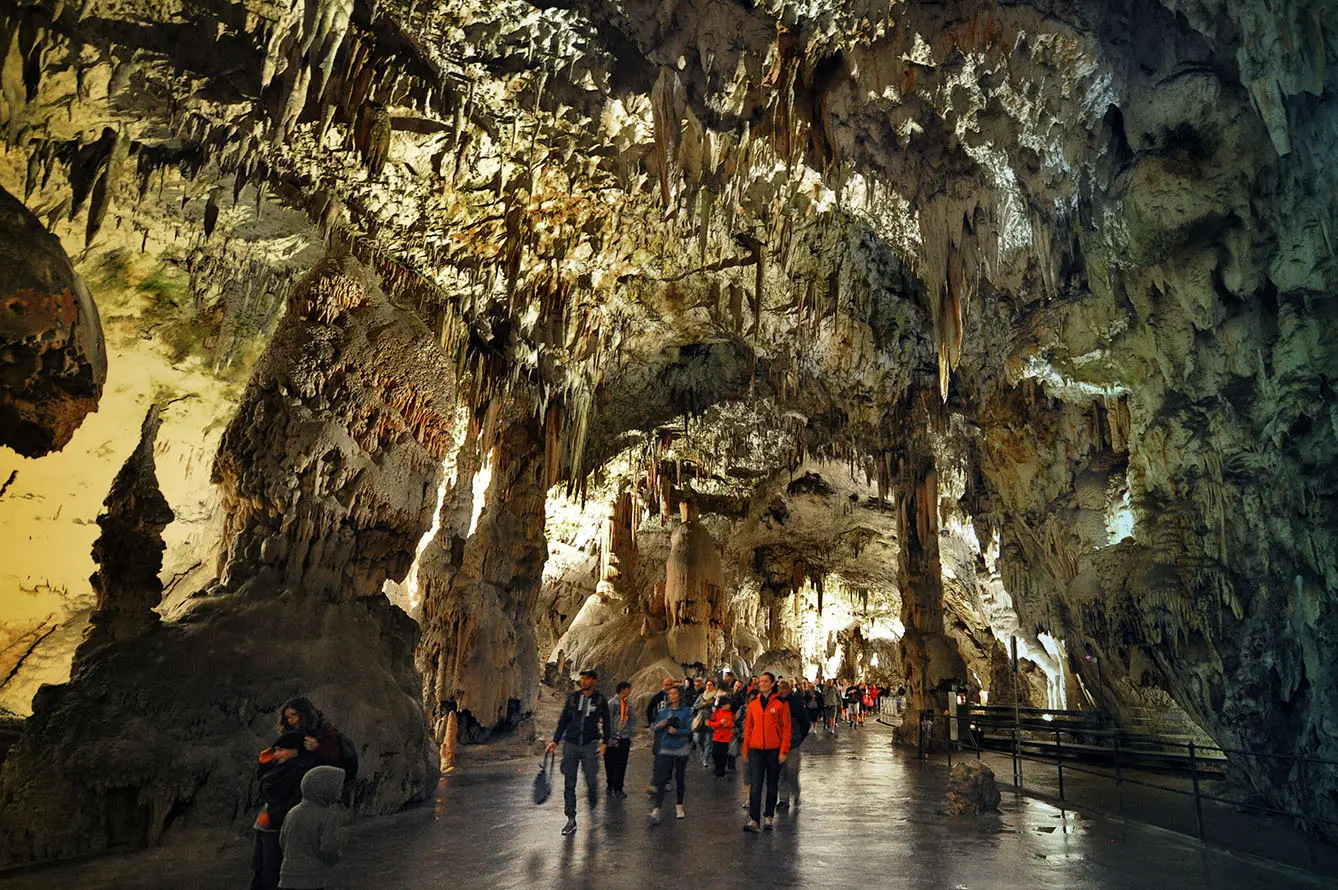Karst – a topography formed from the dissolution of soluble rocks such as limestone, dolomite, and gypsum – is one of the most interesting terrains. Some of the more fascinating features are mysterious caves, appearing and disappearing rivers, and strange geographic shapes that sometimes seem to be from another planet. It has always been of great interest to curious scientists, travelers, and others. But when did humanity become aware of it as a specific terrain? When and where did the scientific approach to it begin?
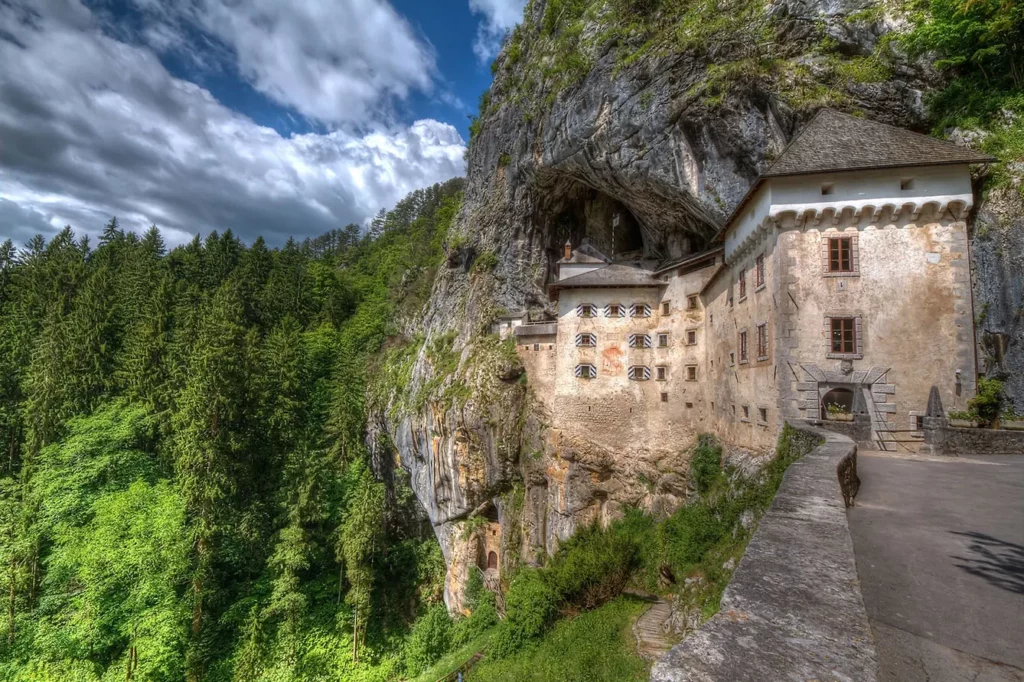
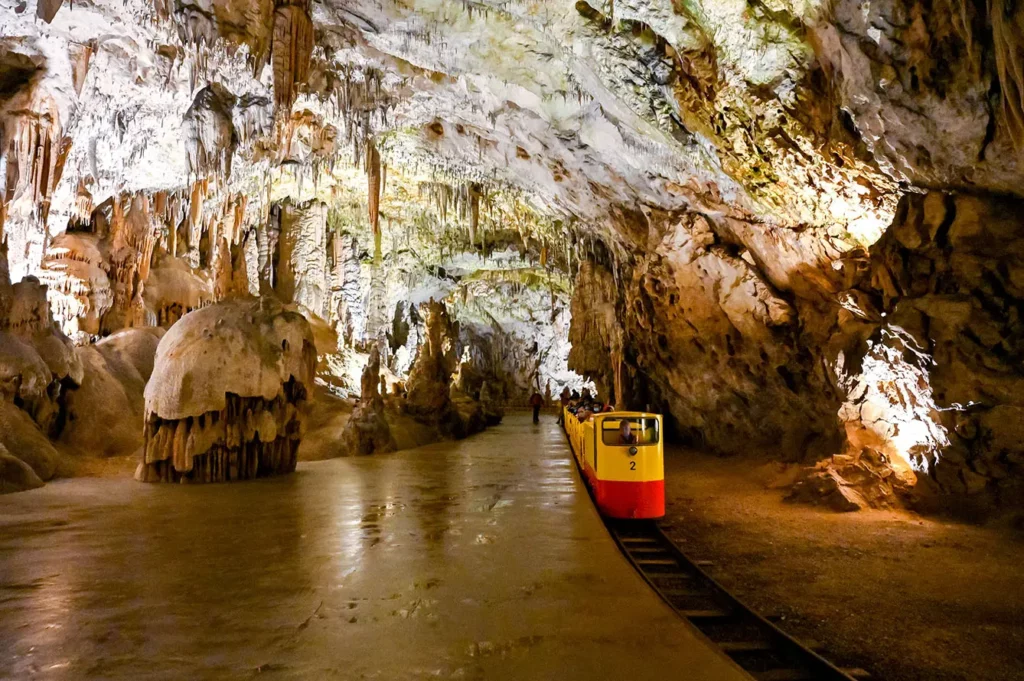
In 1689, Johann Weikhard von Valvasor from Carniola, a polymath and a member of the Royal Society in London, presented the name Kras for the first time to the world. If the word reminds you of karst, there is a link. Valvasor used the local name of a region in Slovenia where karstic phenomena are prevalent. Through the Germanized version of the word – karst, the terrain type got its name in most European languages. The term used today anywhere in the world came from a small Central Europe region that remained the only place where karst was being scientifically studied for centuries.
Karst: the ubiquitous Slovene word
Many names of the phenomena were chosen from the local Slovene language rather than major languages that were familiar sources of scientific vocabulary at the time. A Slovene, as well as most Slavic speakers, would surprisingly recognize familiar-sounding words when reading about karst in other languages. For example, Polje, the Slovenian word for field, is the English word for extensive flat plains found in karstic geological regions.
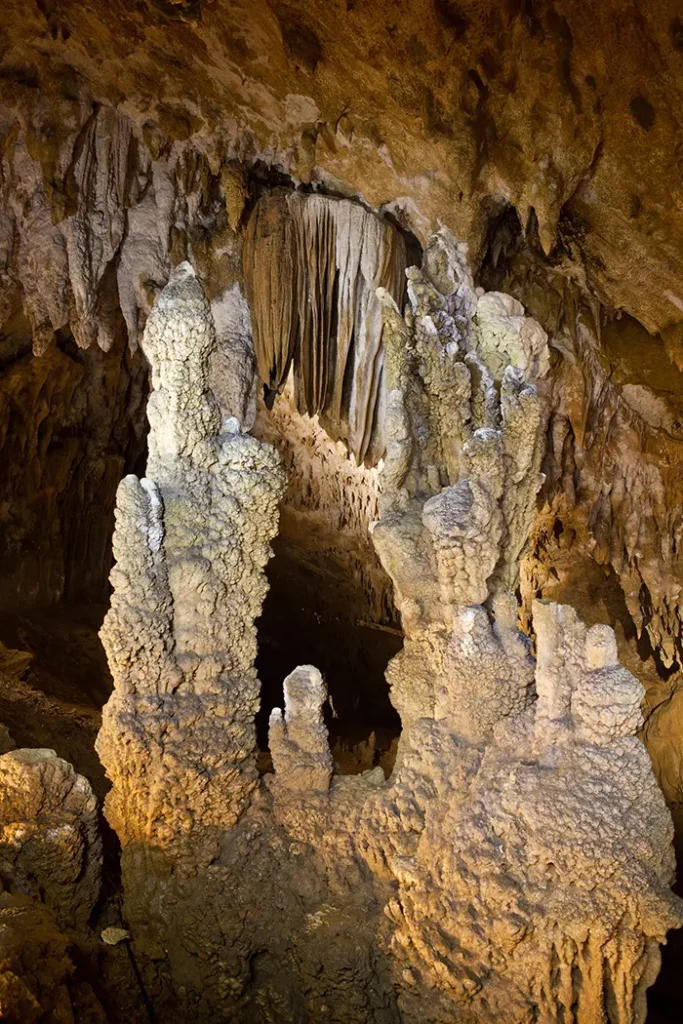
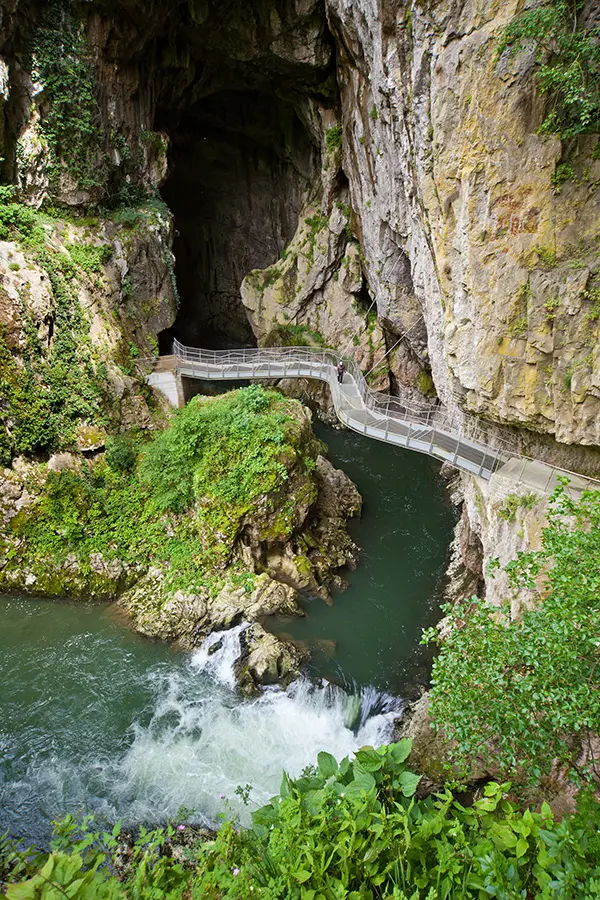
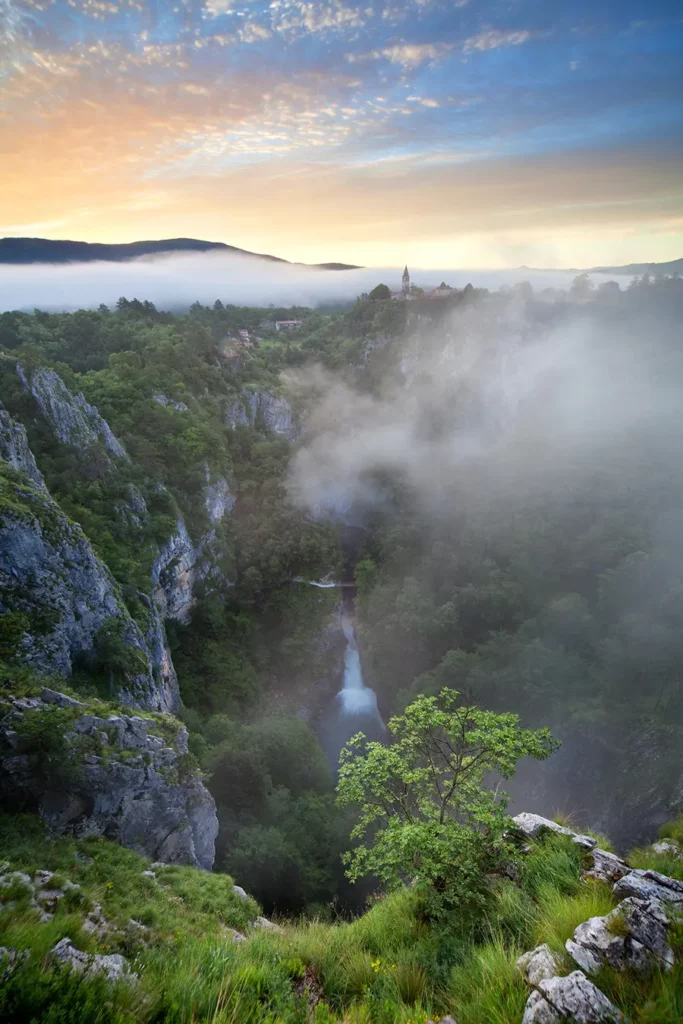
The importance of this region for studying karst–karstology is widely recognized. But it is much more than just an open field laboratory. The region is full of attractions that can be interesting to anyone. Anything from a vast disappearing lake of Cerknica to numerous caves being discovered yearly, with more than 8.000 already discovered, is on a pretty small surface. Among them are Postojna and Škocjan caves, as well as about 20 others that are open to visitors.
Paradise of cave tourism
Cave tourism has the longest tradition of any place, with the first visits to Postojna cave taking place as early as 1819, and electric lighting was installed in 1884! Even before that, in 1872, cave rails were laid along with a cave train for tourists, which is still its trademark today.
But the region has more to offer than just karst as such. It is one of the world’s biodiversity hotspots, with many animal species inhabiting the whole area, including many protected areas. On top of that, the cave system of Slovene karst is the richest in fauna than any other, including many bats, cave beetles, and the endemic olm. This unique aquatic salamander can be seen in Postojna, as well as many other caves. Therefore, the region is also a cradle of cave zoology.
Indeed, Slovenian Kras is an amazing mysterious place, reach in natural beauty, that leaves you with as many questions as it answers. Without it, the world would be much less magical, and the science could be a couple of generations back in researching the phenomena it offers. It deserves our attention and protection.


